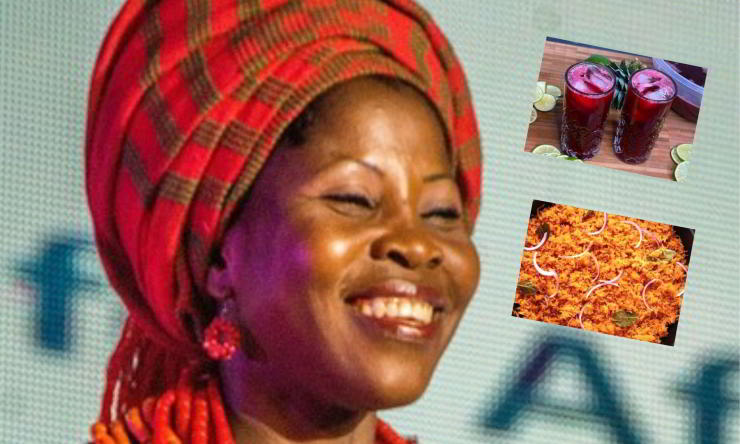The timeless magic of Jemaa el-Fnaa, the beating heart and treasure chest of secrets of the city of Marrakech. For a thousand years, the famous square of Marrakech has been transformed into an open-air stage, where dancers, storytellers, musicians, snake charmers, fakirs and fortune tellers perform.
Some places release magic just by mentioning them. Jemaa el-Fnaa is one of them. The beating heart of Marrakech embodies the timeless charm of oriental fairy tales, populated as it is by characters that seem to have come out of A Thousand and One Nights.
Here you can meet snake charmers, fakirs and fortune tellers, belly dancers, chained monkey trainers and storytellers of Atlas every day. It is no coincidence that the square was proclaimed by UNESCO as a “Masterpiece of the Oral and Intangible Heritage of Humanity”.
Its origin, still uncertain, is lost in legend and seems to date back to the first centuries after the foundation of Marrakech (in 1062). Today, the square borders to the north with the Souk district, and the covered markets, and to the east with the Kasbah, the ancient fortified citadel of Marrakech, while to the southwest it is dominated by the Kutubiyya mosque.
The large square was once located on the edge of the town. The name in Arabic has a double meaning: it literally indicates “the assembly of the deceased” as well as “the mosque of nothingness” (jāmiʿ means both “mosque” and “assembly”, while the word fanāʾ indicates “annihilation”).
In reality, both of these etymologies are plausible. In fact, on the one hand, the square was part of a project of the Saadian dynasty (which reigned in the territories of Maghreb al-Aqsa, today part of modern Morocco, in the sixteenth and seventeenth centuries) relating to the construction of a mosque, on the other hand, in past centuries it was the site of capital executions. Here, those condemned to death for murder or those deemed guilty of the most serious crimes according to jihad, Islamic law, were hanged
Today the atmosphere is festive. The earthquake of September 8, 2023 – the most violent ever recorded in the history of Morocco – which hit the Marrakesh-Safi region (2,901 people were killed and 5,530 injured) is now a memory. The magnitude 7 earthquake caused some houses in the oldest parts of Marrakesh and parts of the ancient city walls to collapse.
In Jemaa el-Fnaa, a minaret of the Kharboush mosque crumbled, crushing vehicles underneath. The Koutoubia Mosque and several buildings in the Medina, a UNESCO World Heritage Site dating back to the 12th century, were also damaged. The repair and the restoration work were carried out in record time. And tourists have returned in large numbers to crowd the historic centre, characterized by a maze of streets and a riot of stalls.
The Moroccan authorities are welcoming a record number of arrivals at the airports. And Marrakesh is back on the radar of visitors. The city was only grazed by the earthquake, and the most serious damage occurred about a hundred kilometres away, along the Atlas Mountains. The large square is once again animated by festive stalls selling everything from fresh fruit juices to street vendors shouting out their special prices for argan oil and leather slippers.
During the day, Jemaa el-Fnaa transforms and changes appearance: in the morning and early afternoon, it is home to a large open-air market, with stalls selling the most varied goods (from fabrics to dates to bunches of mint, to ostrich eggs). From the first light of day, it is possible to have breakfast with tasty orange juice, avocado or banana smoothies, pressed pomegranate nectar, accompanied by dried fruit.
During the hottest hours, you can meet water sellers in traditional red clothes, with a large hat from which bells hang. Huddled in their tunics, the clairvoyants read the future of passers-by in the cards. The sound of Berber trumpets hypnotizes the cobras that emerge from wicker baskets and seem to dance in the air. There is no shortage of herbalists offering potions with miraculous properties and tattoo artists drawing arabesques on hands with henna. There are even tooth pullers who display their “pieces” just extracted.
As evening falls, the square becomes more crowded and dancers, singers, musicians and magicians arrive. The street vendors’ stalls retreat and are replaced by banquets with tables and benches for eating traditional foods prepared on the spot. The square fills with strong aromas. Giant snail soups simmer in large pots, plates piled high with tagines and couscous are passed from hand to hand, and skewers of spiced meats (mutton, chicken, beef) sizzle on the grill.
Clouds of smoke rise from the stalls selling food. The most experienced stomachs can try the offal flavoured with paprika, coriander, salt and cumin or the spiced merguez veal sausages, accompanied by khobz rolls. Thousands of citizens and tourists come from all over to refuel. After eating their fill, all that remains is to try a glass of khoudenjal, a decoction with aphrodisiac powers based on galangal roots, cinnamon, ginger, cloves, nutmeg, cardamom, star anise and black pepper.
Alternatively, you can sip a cold drink or a coffee on the terraces of the bars overlooking the square. You will be enchanted by the swarms of people coming and going, the magical spectacle of the bustling stalls, the clouds of vapour rising towards the star-studded sky. (Marco Trovato/Africa) – (CC BY 2.0/Jorge Láscar)






